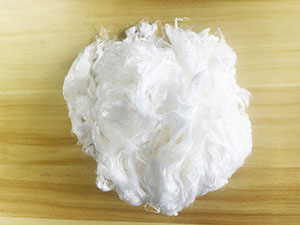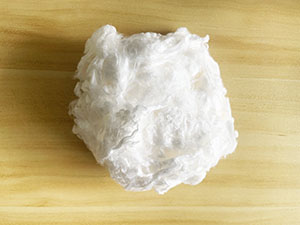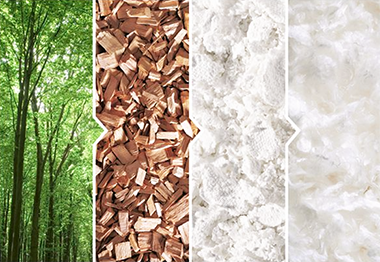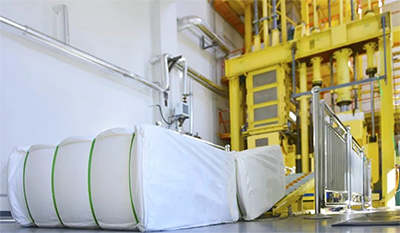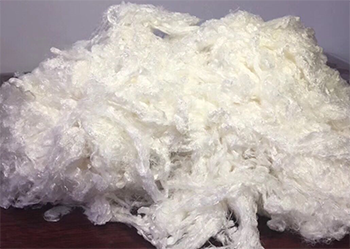The difference between viscose, Modal and Lyocell
It has good moisture absorption and meets the physiological requirements of human skin. The fabric is soft, smooth, good air permeability, not easy to get static electricity, anti-ultraviolet light, comfortable to wear, easy to dye, bright color after dyeing, good color fastness, and good spinnability. Low wet modulus, high shrinkage rate and easy deformation, hard feel after launching, poor elasticity and wear resistance. Short fiber can be pure spun, can also be blended with other textile fibers, suitable for making underwear, outerwear and a variety of decorative supplies. Filament fabric is light in texture and can be woven into bedding and decorative fabrics in addition to being used as clothing material.
Soft touch, bright color, good color fastness, fabric feel particularly smooth, bright and bright cloth surface, drapiness are better than the existing cotton, polyester, viscofiber, with the strength and toughness of synthetic fiber, with silk like luster and feel, its fabric has wrinkle-resistant and ironing, water absorption and air permeability is good, but its fabric is poor crisp. Modal knitted fabrics are mainly used to make underwear, but also for sportswear, casual wear, shirts, high-grade ready-to-wear fabrics and so on. Blending with other fibers can improve the poor straightness of pure Modal products.
With a variety of excellent properties of natural fiber and synthetic fiber, natural luster, smooth feel, high strength, basically no shrinkage, and moisture permeability, good air permeability, soft, comfortable, smooth and cool, good drdrability, durable wear. Covering all fields of textile, whether it is cotton, wool, silk, hemp type products, or knitting or weaving fields can produce high-quality high-grade products.
